Table of content
Scallion pancakes, known as cong you bing in Chinese cuisine, are a beloved street food and home-cooked staple celebrated for their crispy texture, aromatic flavor, and satisfying layers. These savory treats, often enjoyed for breakfast, as a snack, or alongside a meal, strike a perfect balance between simplicity and culinary artistry. While their origins trace back to northern China, scallion pancakes have transcended borders, becoming a global favorite. This article delves into the intricacies of crafting these delectable pancakes from scratch, offering a comprehensive guide to achieving golden, flaky perfection every time.
The Essence of Scallion Pancakes
At first glance, scallion pancakes may appear deceptively simple—a flatbread dotted with green onions and fried until crisp. However, their magic lies in the layered dough structure, which transforms into airy, flaky strata when cooked. The interplay of textures—crispy edges, tender interiors, and the subtle heat of fresh scallions—creates a sensory experience that keeps enthusiasts returning for more. Unlike their Western pancake counterparts, which are leavened and sweet, scallion pancakes rely on a hot water dough and a unique rolling technique to achieve their signature layers.
Ingredients: Building Blocks of Flavor
To embark on your scallion pancake journey, gather the following ingredients. Each component plays a pivotal role in texture and taste:
- All-Purpose Flour (500g): The foundation of the dough, providing structure and elasticity.
- Hot Water (250ml, around 80°C/176°F): Crucial for creating a soft, pliable dough that remains tender even when cooled.
- Scallions (1 bunch, finely sliced): Fresh, vibrant green onions impart a mild onion flavor without overpowering the dish.
- Salt (1 tsp): Enhances the dough’s flavor and balances the richness of the oil.
- Sesame Oil (2 tbsp): Adds a nutty aroma and richness; substitute with neutral oil if unavailable.
- Vegetable Oil (for frying): Ensures even cooking and a golden crust.
- Optional Additions:
- Black Pepper (½ tsp): For a subtle kick.
- Five-Spice Powder (¼ tsp): Infuses warm, aromatic complexity.
- Sesame Seeds (1 tbsp): Toasted for garnish, adding crunch.
Step-by-Step Preparation
Crafting the Dough
The dough is the heart of the pancake. Using hot water (not boiling) ensures gluten development without excessive toughness:
- Mixing: In a large bowl, combine flour and salt. Gradually pour in hot water while stirring with chopsticks or a fork. The dough should form coarse crumbs.
- Kneading: Transfer to a lightly floured surface and knead for 8–10 minutes until smooth and elastic. If sticky, add flour sparingly; if dry, sprinkle water.
- Resting: Cover the dough with a damp cloth and let it rest for 30 minutes. This relaxes the gluten, making rolling easier.
Preparing the Scallion Filling
While the dough rests, prepare the filling:
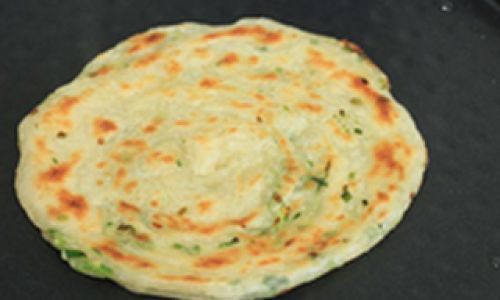
- Scallion Prep: Rinse and trim the scallions. Finely slice the green and white parts; set aside.
- Flavor Base: In a small bowl, mix sesame oil, salt, and optional spices. This mixture will coat the scallions, preventing burning and enhancing flavor.
Layering Technique: The Secret to Flakiness
The signature layers of scallion pancakes come from a precise rolling and folding method:
- Divide the Dough: Cut the rested dough into 4 equal pieces. Work with one piece at a time, keeping others covered.
- Roll Out: On a floured surface, roll a piece into a thin rectangle (approx. 20x30cm). Brush lightly with the oil mixture, ensuring even coverage.
- Scatter Scallions: Sprinkle a quarter of the scallions over the dough, pressing gently to adhere.
- Roll and Twist: Starting from the long edge, tightly roll the dough into a log. Coil the log into a spiral, tucking the end underneath. Flatten gently with your palm.
- Final Roll: Dust with flour and roll the spiral into a 15cm circle. Repeat with remaining dough.
Cooking to Crispy Perfection
Achieving the ideal balance of crispiness and tenderness requires careful cooking:
- Preheat the Pan: Heat 2 tbsp vegetable oil in a non-stick or cast-iron skillet over medium heat.
- Fry Gently: Place a pancake in the pan. Cook for 3–4 minutes per side until golden brown. Adjust heat to prevent burning.
- Drain Excess Oil: Transfer cooked pancakes to a wire rack or paper towels to drain.
Serving and Storage
Scallion pancakes are best enjoyed immediately, but they can be reheated:
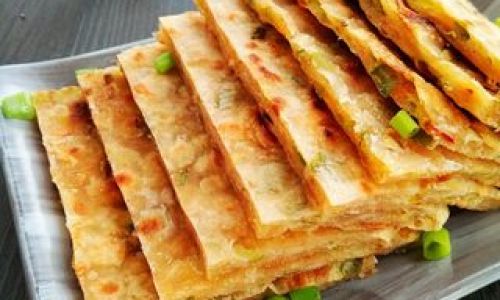
- Fresh: Serve hot, sliced into wedges. Pair with soy sauce, vinegar, or chili oil for dipping.
- Reheating: Reheat in a dry skillet over low heat or in a toaster oven to restore crispness.
Pro Tips for Mastering Scallion Pancakes
- Dough Consistency: The dough should be soft but not sticky. If too wet, add flour; if too dry, dampen hands and knead.
- Hot Water Technique: Using water that’s too hot may kill the yeast (if using); aim for 80°C/176°F for optimal texture.
- Layering Precision: Avoid overstuffing the dough with scallions, as this can cause tears. Distribute evenly for consistent flavor.
- Oil Temperature: Fry over medium heat to ensure even cooking. High heat risks burning the exterior before the interior cooks.
- Resting Time: Never skip dough resting—it’s essential for elasticity and ease of handling.
Creative Variations
Experiment with these twists to elevate your scallion pancakes:
- Cheese-Stuffed Pancakes: Layer shredded cheddar or mozzarella before rolling.
- Spicy Kick: Add chili flakes or Sriracha to the oil mixture.
- Herb-Infused: Mix fresh cilantro or chives into the scallions.
- Gluten-Free Adaptation: Substitute all-purpose flour with a 1:1 gluten-free blend; adjust liquid as needed.
The Cultural Tapestry of Scallion Pancakes
Scallion pancakes hold a cherished place in Chinese culinary history, dating back over a millennium. Originally a northern Chinese specialty, they were a staple for travelers and laborers due to their portability and energy-rich composition. Today, they symbolize comfort and nostalgia, often enjoyed during family gatherings or festivals. Their popularity in global food scenes reflects the universal appeal of crispy, savory, and aromatic flavors.
Troubleshooting Common Issues
- Tough Dough: Overkneading or insufficient resting time. Let the dough relax longer next time.
- Uneven Layers: Insufficient oil or uneven rolling. Ensure thorough oil brushing and even dough thickness.
- Soggy Pancakes: Overcrowding the pan or insufficient heat. Cook in batches and maintain medium heat.
Conclusion
Scallion pancakes are a testament to the beauty of simplicity elevated by technique. Whether you’re a novice cook or a seasoned chef, mastering these pancakes offers a rewarding journey into the nuances of dough handling and flavor layering. With practice, you’ll achieve the coveted balance of crispiness, tenderness, and aromatic scallion zing. So, roll up your sleeves, preheat the skillet, and let the sizzle of sizzling pancakes fill your kitchen—a culinary achievement awaits.
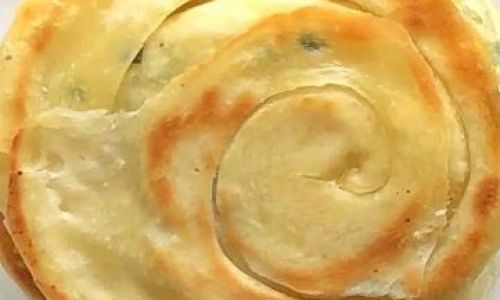
Word Count: 1,456

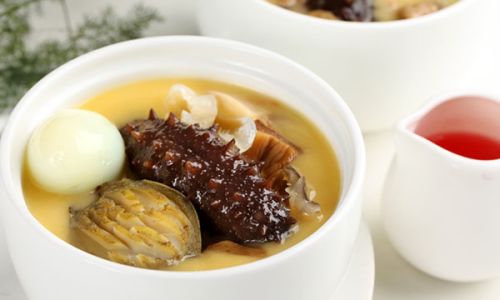
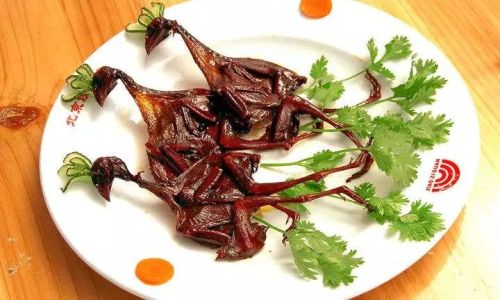
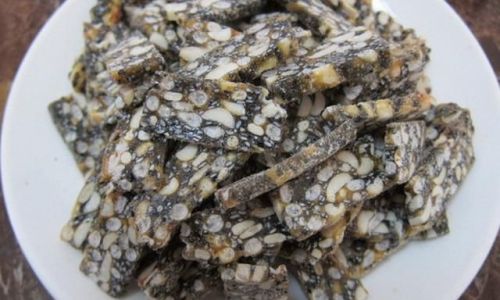
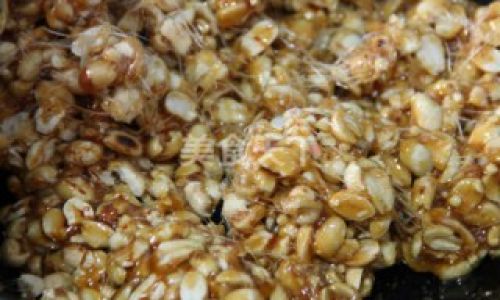
0 comments